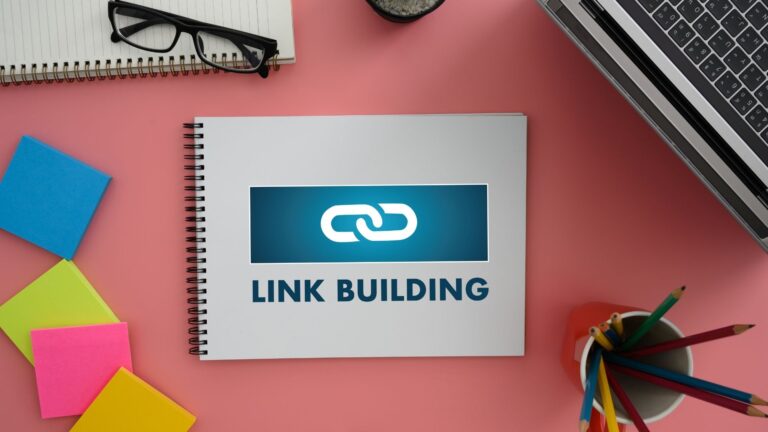Search engine optimization (SEO) is critical for businesses and individuals who want to make their websites visible online. When it comes to SEO, one of the essential factors to consider is HTML structure. HTML (Hypertext Markup Language) is the code used to create web pages. A well-structured HTML can help search engines understand the content of your website, which can improve your website’s visibility on search engine result pages (SERPs). In this article, we’ll discuss why HTML structure is key to SEO success and provide tips and tricks to optimize your website’s HTML structure.
Why HTML Structure is Important for SEO Success
HTML structure plays a vital role in SEO success because search engines use it to understand the content of your website. When search engines crawl a web page, they look for certain signals to determine what the page is about. One of these signals is the HTML structure of the page. Proper HTML structure can help search engines understand the hierarchy of the content on your website. This means that search engines can determine what’s most important on your web page and what’s less important. This information is used to rank your website on SERPs.
In addition to helping search engines understand the content of your website, proper HTML structure can also make your website more accessible to users. Good HTML structure can make your website easy to navigate and improve the user experience. This can lead to increased engagement and more time spent on your website, which can also improve your website’s ranking on SERPs.
Tips and Tricks for Optimizing HTML Structure for SEO
Now that we know why HTML structure is important for SEO success, let’s look at some tips and tricks to optimize your website’s HTML structure.
Use Proper Heading Tags
Heading tags (H1, H2, H3, etc.) are used to create headings on web pages. These tags not only make your content more readable but also help search engines understand the hierarchy of your content. The H1 tag should be used for the main heading of your web page, while the H2 tag should be used for subheadings. Use H3 tags for further subheadings and so on. This creates a logical hierarchy of content, which can help search engines understand the most important content on your web page.
Use Descriptive Alt Text for Images
Images can enhance the user experience and make your content more engaging. However, search engines can’t understand images the same way humans do. To help search engines understand the content of your images, use descriptive alt text. Alt text is a text description that appears when an image can’t be displayed. This not only helps search engines understand the content of your images but also makes your website more accessible to users who use screen readers.
Use Meta Tags
Meta tags provide information about your web page to search engines. The most important meta tags are the title tag and the meta description tag. The title tag appears at the top of your web page and provides a brief description of the content of your page. The meta description tag provides a more detailed description of your web page’s content. Use descriptive and relevant meta tags to help search engines understand the content of your web page.
Use Proper URL Structure
URL structure is another important factor in SEO success. Use descriptive and relevant URLs that include keywords related to your content. This makes it easier for search engines to understand the content of your web page and can improve your website’s ranking on SERPs.
Optimize Your Website for Mobile Devices
More and more people are using mobile devices to access the internet. As a result, it’s essential to optimize your website for mobile devices. This includes using responsive design, which ensures that your website is displayed correctly on different screen sizes. Proper HTML structure is key to SEO success. Optimizing your website’s HTML structure can improve your website’s visibility on search engines and make it more accessible to users. By using proper heading tags, descriptive alt text for images, meta tags, proper URL structure, and optimizing your website for mobile devices, you can improve your website’s SEO performance.
In addition to these tips, there are some other things you can do to improve your website’s SEO performance. These include using internal linking to connect your web pages, optimizing your website’s load speed, using schema markup to provide more information about your website to search engines, and creating high-quality content that engages users and provides value.
HTML structure is an essential factor in SEO success. By optimizing your website’s HTML structure, you can improve your website’s visibility on search engines and provide a better user experience for your visitors. By following the tips and tricks in this article, you can improve your website’s SEO performance and increase your website’s traffic and conversions.




